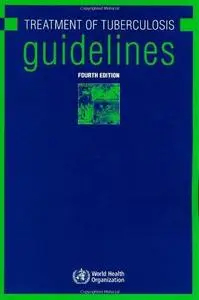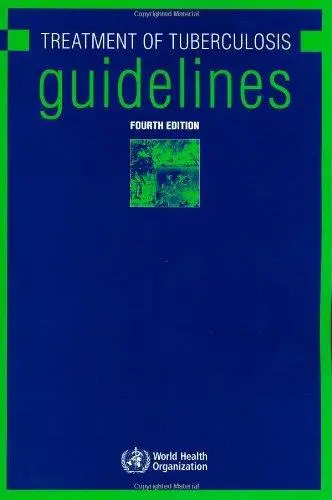The Treatment of Tuberculosis: Guidelines 4th Edition By World Health Organization
2010 | 150 Pages | ISBN: 9241547839 | PDF | 2 MB
2010 | 150 Pages | ISBN: 9241547839 | PDF | 2 MB
The World Health Organization's Stop TB Department has prepared this fourth edition of Treatment of Tuberculosis: Guidelines, adhering fully to the new WHO process for evidence-based guidelines. Several important recommendations are being promoted in this new edition.First, the recommendation to discontinue the regimen based on just 2 months of rifampicin (2HRZE/6HE) and change to the regimen based on a full 6 months of rifampicin (2HRZE/4HR) will reduce the number of relapses and failures. This will alleviate patient suffering resulting from a second episode of tuberculosis (TB) and conserve patient and programme resources.Second, this fourth edition confirms prior WHO recommendations for drug susceptibility testing (DST) at the start of therapy for all previously treated patients. Finding and treating multidrug-resistant TB (MDR-TB) in previously treated patients will help to improve the very poor outcomes in these patients. New recommendations for the prompt detection and appropriate treatment of (MDR-TB) cases will also improve access to life-saving care.Third, detecting MDR-TB will require expansion of DST capacity within the context of country-specific, comprehensive plans for laboratory strengthening. This fourth edition provides guidance for treatment approaches in the light of advances in laboratory technology and the country's progress in building laboratory capacity.Fourth, diagnosing MDR-TB cases among previously treated patients and providing effective treatment will greatly help in halting the spread of MDR-TB. This edition also addresses the prevention of acquired MDR-TB, especially among new TB patients who already have isoniazid-resistant Mycobacterium tuberculosis when they start treatment.Finally, this edition strongly reaffirms prior recommendations for supervised treatment, as well as the use of fixed-dose combinations of anti-TB drugs and patient kits as further measures for preventing the acquisition of drug resistance.



